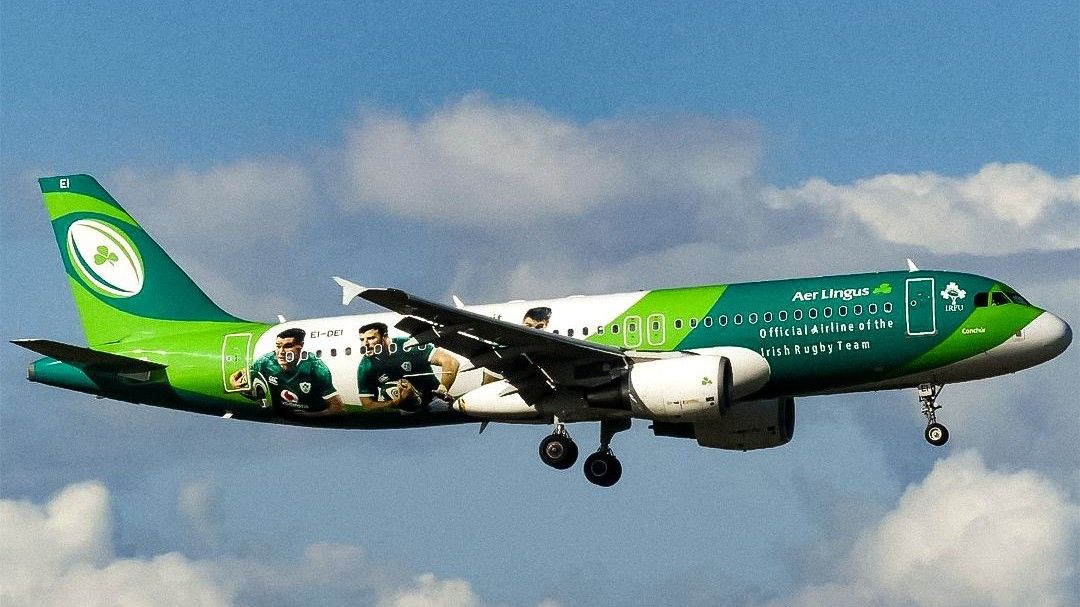A representative for the Department of the Environment, Climate, and Communications stated that all beverage containers (bottles, cartons, and pouches) up to three litres in capacity are subject to the new tethering system.
“A large number of caps are removed from their containers after usage. Caps that are put in recycling bins usually wind up as non-recycled residual garbage because they are too tiny and light for recycling sorting equipment to handle.”
“Caps account for about 15% of packaging litter, according to latest litter data published by the National Litter Pollution Monitoring System.”
The spokesman continued, saying that hats are bad for animals, especially the seal rings that are fastened to them.
According to them, caps are collected and recycled in significantly larger quantities when the separation of the cap from the container is prevented, which lowers environmental pollution.
Many single-use products, including plastic coffee stirrers, cotton buds, and plates, have already been outlawed as a result of the EU's Single-Use Plastics (SUP) Directive, which aims to decrease unintentional environmental plastic waste.
It is also the driving force behind the launch of the plastic bottle Deposit Return Scheme this year.
All plastic bottle lids and tops must be fastened to the bottles as of July 3rd in accordance with the SUP Directive.
“May be placed on the market only if the lids and caps remain attached to the containers during the products' intended end use stage,” the Directive states related to goods with plastic lids.
Numerous beverage producers in Ireland have already complied with the mandate, which has caused bottle caps to be redesigned with an extra plastic strip that makes it harder to remove them.














